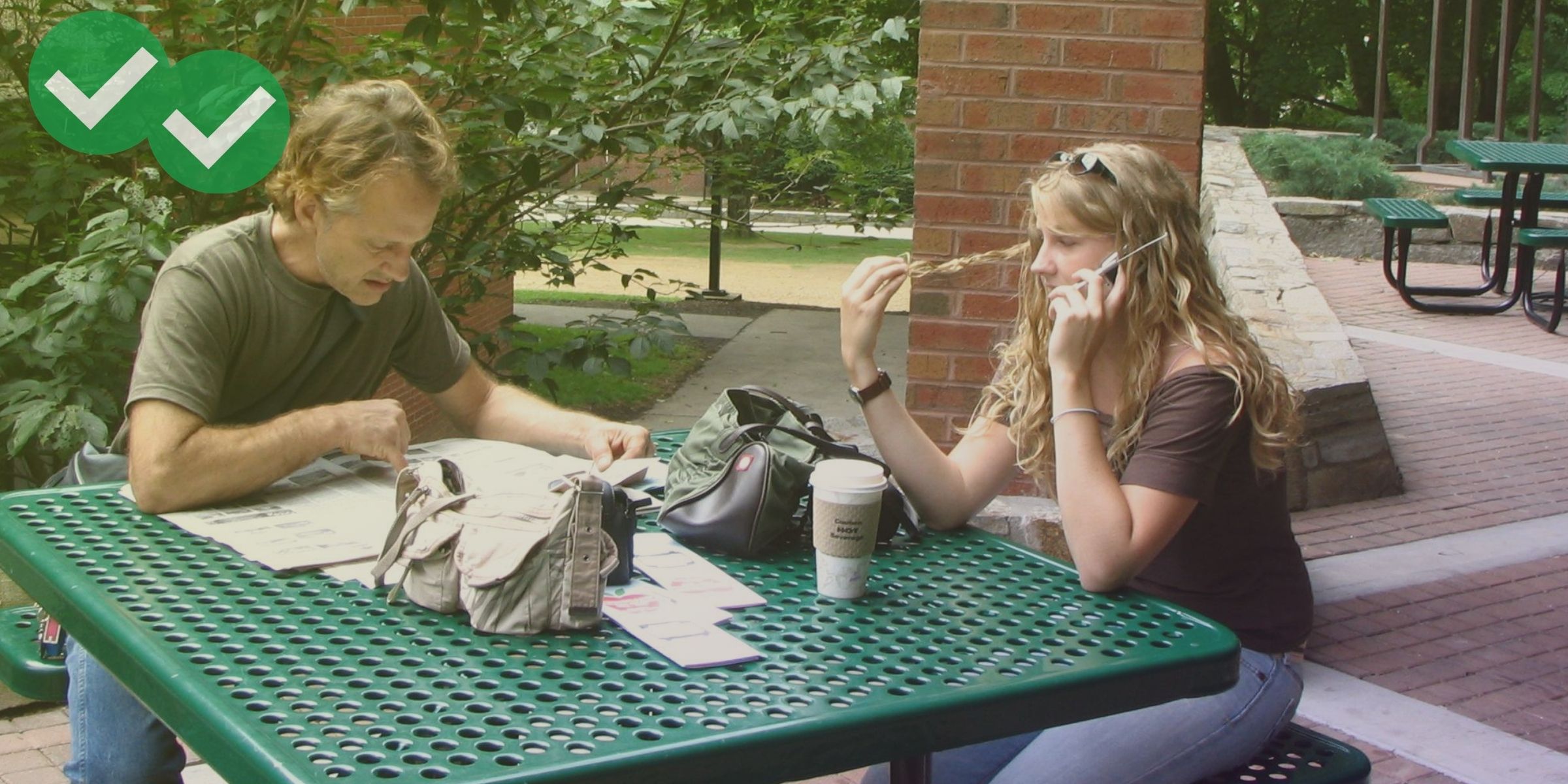Templates are very popular for TOEFL students, because they give a clear path to success. Memorize a template, use it on test day, and your score will be high. That sounds easy, right?
But really, templates can be as hurtful as helpful. It depends how you use the template, and what type of template you have. The most obvious problem is copying full sentences exactly from a template in your own answer on your test. If the graders realize you are copying (and they look for it specifically), you will get a score of 0 on that response. Clearly, we want to avoid that! So don’t memorize full sentences that other people also plan to use. Instead, focus on learning how to structure your answers.
There are many phrases and words that help to transition from one part of an answer to the next. They can help you transition from a general introduction to a specific example, or from a summary of a text to a summary of a lecture. They help organize your writing and speech, which makes them extremely useful.
A good template will show the structure of a good TOEFL essay or spoken response, and provide you with transition phrases that help create the structure. We at Magoosh have a set of TOEFL speaking templates and TOEFL writing templates, which give those structures and transition phrases—try them!
But don’t just use them once. Come back to them multiple times. Use words and phrases in different orders. Try repeating an answer using different transitions. Try using the same transitions in multiple answers. The more you repeat and mix up your practice, the more natural you’ll feel on test day.





